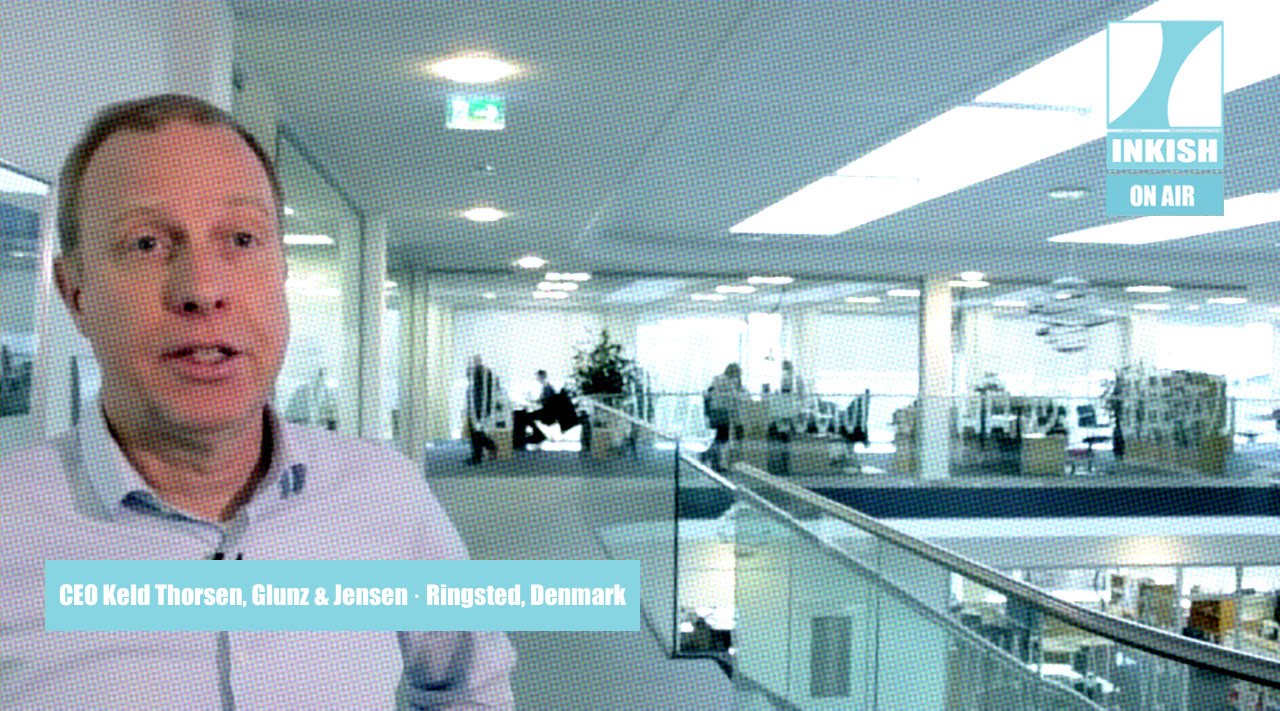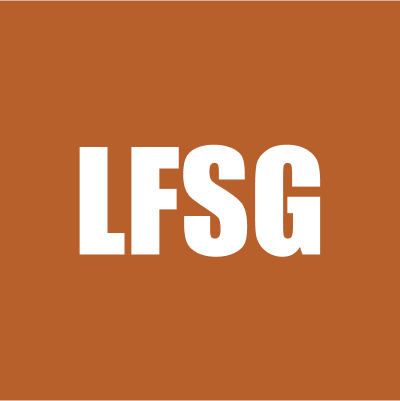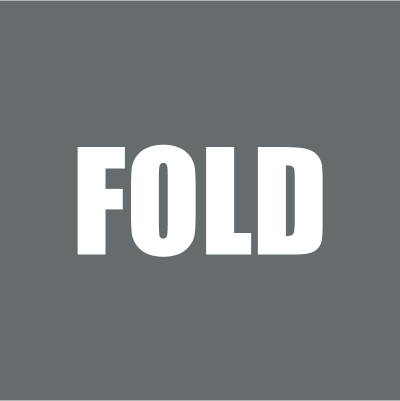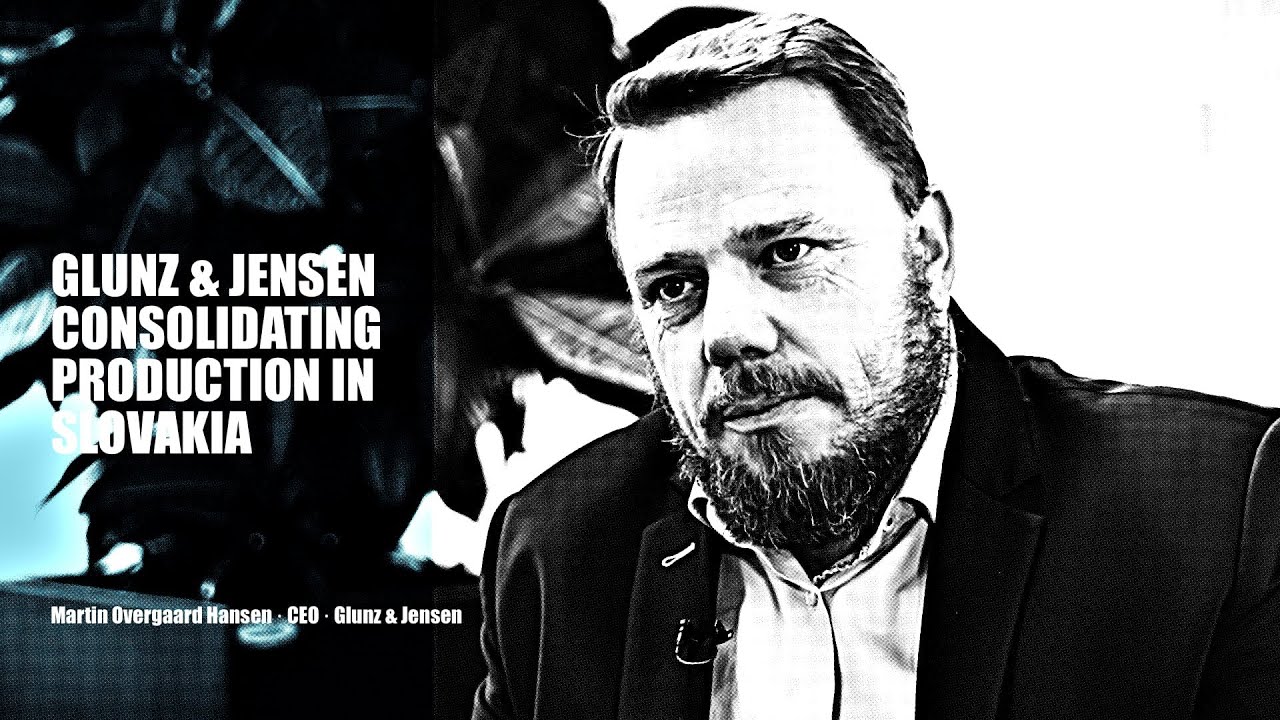INKISH.TV proudly presents: Glunz & Jensen
Glunz & Jensen is one of the worlds leading developers of CTP equipment for offset and flexoprint. Glunz & Jensen headquarter is just 25 minutes away from INKISH.TV – so what would be more natural than to pay them a visit. We did and what an amazing company. With more than 50.000 installations world wide and a global user base, Glunz & Jensen have proven their business model over the past 40 years.
Sometimes product development can be a little bit too much engineering-driven. You understand?
You love and hate – you love to be there on the one hand, but you also hate it.
Of course, the printing industry is a very challenging industry. It changed a lot.
My name is Joachim Spies. I’m working as a Product Manager for Flexo in Glunz & Jensen. How do we get ideas for the right development? Well, first of all we are in close contact with our end-users. Our customers are various parties out there. You could define customers as our dealers, our sales channel, our OEM partners… Our customers pay our bills, you could say.
Our business is basically split in two main areas – one area is the offset business, which is processing solutions for the offset industry and then we have what we call ‘The Flexo Business’, which is various solutions in terms of equipment and services for the flexographic industry. We have partners that are focusing on each of the respective areas, and what we try to do is to go in and offer our products, our services and our competences within our niche to add value to their offerings to their customers. So, we and what we call a B2DB part of the world – we sell to other businesses who then sell to end-customers.
The real customer we are dealing with is the end-user, that is the pre-press department, or the trade house out there handling our equipment. We consider them to be the real end-users of our equipment and those we are in close contact with.
Glunz & Jensen is a 40-year old company and we originally started with film processors, film for the plates, but now we do plate processors for flexo, for packaging, and plate processors for offset, for the media, newspapers, magazines, books, posters, and then we do after-sales service. We have three business areas and we are a global company, distributing our products through the main plate manufacturers all over the world.
A typical day for a product manager here? A big portion of my daily work is coordination between the various departments in Glunz & Jensen and the marketing that means our customers are end-users. One typical day may comprise of a specific matter we have with the customer, which needs to be coordinated between customer support and sales.
We do have facilities here in Denmark, then we have our main manufacturing site in Slovakia, our flexo activities in Milan and in Funen, and then we have after-sales service in United States and in Shanghai, China; but then again our distributors have their local offices all over from Chile in West to Japan in East. This way we cover the entire world.
Another typical activity from me would be to support our sales team with more detailed technical information about our products, to support them with sales materials and to coordinate the marketing work around it. Another very important aspect is to work together very closely with R&D and provide the necessary input they need from the market to the R&D team and the engineers, so that we can prepare the right products for our customers.
It goes both ways, I would say. We have an active, a structured process around it that we call “voice of customer”. That means we are actively approaching selected customers having fairly intensive interviews with them in order to understand their individual workflow, their individual needs and to understand how they create value for their business. This is, I’d say, the base for our consideration, so starting from that, we then enter a dialogue with the customer on how we can help them to even improve their business and create more value. We consider that being the best approach to this work because it really tells us much more than we would ever anticipate about what their real needs are.
We work very hard on being a front-runner and we invest a lot. We have a relatively large R&D department which is 10% of our workforce and it’s also 10% of our turnover we put in to R&D, so we really aim to change the future and also to come up with new, exciting products.
Sometimes, product development can be a little bit too much engineering-driven. You understand? But engineers do not always fully understand what the customer really appreciates with the product and this is where my role comes in. My primary role in that respect is to have the finger on the pulse of the market – Where are the trends going on? Where will the business industry be inside the next 5-10 years?
There is a lot going on in the automation of the flexo industry. We believe very much that it will be more and more automated. It will go from stack to stack, so you simply have a stack into the laser and you have a stack of plates out ready for print and we very much drive all this entire automation process right now and would like to drive further. Also, I believe that’s the way you survive, coming up with the new interesting product, which makes value for the customer, either automation or even more reliable processes.
We carry out very extensive BETA testing of all products. BETA testing by nature is taking place in closed corporation with our customers. We receive feedback and all this still happens in the R&D phase and until we have fully released the product; after that phase, we will not release it. So, when we launch a product, our customer can be confident it is fully validated and ready for his jobs.
Of course, the printing industry is a very challenging industry. It changed a lot into digital and it also changed a lot into other medias, going from the printed media to the electronic media, tablets and other medias. Therefore, we have moved a lot into the packaging and do equipment for flexo sleeves, which are mainly used in the packaging industry.
Flexo, as such, the flexo printing technology has so many big advantages over digital printing. We are not concerned about that element. We consider the flexo industry being a growth business, also in the future.
In my world, it’s not a question of ‘either-or’. It’s a question of ‘and-or’. I think a lot of products can co-exist. You can have a high-end printing press from brand ABC, you can have a digital solution from brands EDF, and you can have a PlateWriter from Glunz & Jensen – it can all co-exist. For some it could be an overkill. I think it’s the best that the printer contemplating an investment could do is to talk to existing printers instead of just relying on what every supplier will say. My agenda is to sell. I’m responsible for sales, so I will of course sell as much as I can and so will my team. So, as an investor, I think you should do a little bit of homework and talk to companies that already have the technology and try to understand what is the real value of either a PlateWriter or a digital solution, or an analog print solution.
The packaging industry, as we see it, will grow, as the supermarket growth, especially in the third world countries, but also in the large countries like India, China, Indonesia, Mexico, Brazil, and that’s the reason why we have also invested heavily in the packaging industry because we are challenged on the media, newspapers and the magazine business.
It’s a bit of a challenge because we do have a changing industry. Many industries are changing, but we have been around for more than 40 years and fortunately we are in a position where we have a network of very strong partnerships across our various business areas. We have had partnerships for many years. Interestingly, when people ask us what is our market share, we typically say:
We have a business area in Glunz & Jensen that is called Grafisk Kvik Service or GKS, which is a service organization that originated in Denmark, but has grown to be outside Denmark – now we are in the Scandinavian countries, we are in the UK, US and we are opening GKS services in more countries. The objective of GKS is exactly to go in and offer services to our partners – private label partners or dealers, in addition to, or sometimes instead of the partners doing the services themselves. So we go in and offer preventive maintenance services, we go in and offer full-service contracts, installations, “break and fix” services – it really is depending upon what the partner is looking for. In some instances, we are already providing the services to certain partners, in other instances it’s a dialogue that’s ongoing, and yet another instance is again the partners prefer to do the service themselves – so we have the whole mix.
The financial crisis was also tough in Glunz & Jensen. The turnover dropped dramatically from 2008, to 2009 and 2010.
A lot of our energy and effort has gone into revamping our almost entire product mix.
Glunz & Jensen was forced to cut down on the cost and on the staff. We outsourced even further to our factory in Slovakia, or moved production and activities to our factory in Slovakia and stepped down here in Denmark. Because we have been able to cut our cost down immediately, we were a profitable company in 2010, 2011 and 2012, and thereby we could make the acquisitions and therefore grow our company into a new area which was the packaging business.
We see stronger competition in the marketplace over the last 24 months.
Now we are in our global warehouse distribution center. We distribute parts every day all over the world. We have more than 50,000 installations worldwide, which we have been installed over the years and it’s very, very important that we can have spare parts and after-sales service out to those installations worldwide. We have a 24-hour service, even to the United States, to the East Coast and let’s say in 48 hours we are basically around the world. We have a guarantee that we at have spare parts for at least 7 years after a piece of equipment has been taken out of the market, but it’s very important that when pre-press houses and print shops all over the world buy a piece of Glunz & Jensen equipment, they know that there will be an after-sales service also after an obsolete product has been taken out of the market.
We have a well-established system for maintaining our existing product portfolio, our customer support department, my colleagues from customer support are heavily involved in that, and inside our quality management system we have very good processes to convey feedback from the market on existing products into R&D or product maintenance. I will get involved when we are talking about more significant product changes that would be under my responsibility. So, I’d say minimum 80% of my time goes to new product development.
The common byword is that it can take years to build a customer and it can take seconds to lose one. I think one of our forte is that we have been partners with a lot of very big corporations for a number of years, more than 40 years with some of them, and we have always had a very high level of ethics, moral and integrity in how we do business with different partners, some of which are competitors in between. If you look at companies like Kodak, Fujifilm and Agfa-Gevaert – they compete heavily in the offset market, as do the companies Flint and DuPont in the flexo market. I think we have earned the trust of our partners so that we can do business with all of them, and we can only do that by keeping a very high level of ethics and moral to make sure that we treat partners as if they were the only partner to G & J, that we don’t break the code of business and that we protect the value of the partnership, and we focus a lot on that by keeping what we call “Chinese walls” between the partnerships, so that there is no spill off and spillover of knowledge and market understanding, or technological intelligence between one partner and the other. That goes both ways – we will never talk about one company towards another company and vice versa. We are very conscious about this because this is core and crucial in a partnership and the business relationships that we have with these partners.
We see the world basically in three areas – we have the America’s North and South America, and then we have EMEA (Europe, Middle East, Africa, including Russia), and then we have Asia, Pacific. They are basically three areas with the same size. In some years one region is performing better than others, but we see those three regions as three equally important regions.
We are ready for Drupa. We are working very hard.
The clock is ticking for Drupa.
It’s the exhibition that you love and hate.
I guess very soon we will have a timewatch applied to our Intranet, so everybody in our organization can see that the watch is ticking right now.
You love to be there on one hand, but you also hate it, because it’s so stressful and so long, and after a few days you don’t know whether it’s morning or night.
It’s really where you show to the world your window for the next 2 or 3 years, how do you see the world and what do you have in your product portfolio.
I think most in the industry will agree with me that Drupa is the Mecca of all exhibitions.
We have a very strong and exciting pipeline for Drupa.
You are just constantly busy 24/7, but it’s also something that nobody would miss in the graphic arts, because it’s the bus of the industry. This is where the news come; this is where you network is with all your relationships, partners and friends, and even with you competitors, of course.
Software is a natural and an important part of our products. We are talking about process standardization algorithms used for certain specific processes like production data integration. The really main drive that we believe will dominate the industry over the next years is automation, standardization of processes and we are reconsidering the entire product-folio in that respect, so Drupa will be under the headline of automation and standardization. We have some really exciting, I would almost say, revolutionary ideas how to address these market needs in the future.
We invest a lot in having a solid representation that justifies Glunz & Jensen at the show. Could we have a better return on investment from that? Probably, by other marketing initiatives. I would not question that, I actually think we could, but on the other hand Drupa is also as I said the Mecca and I think by not being there will probably create more damage than good. So, we take it as a positive and expensive opportunity.
I think we are prepared for this as an organization. It’s not the first Drupa. Our company is 40-year old; we have seen and done it so many times and I’m confident that we will do it again. Everybody is set up for it, believe me!









































































